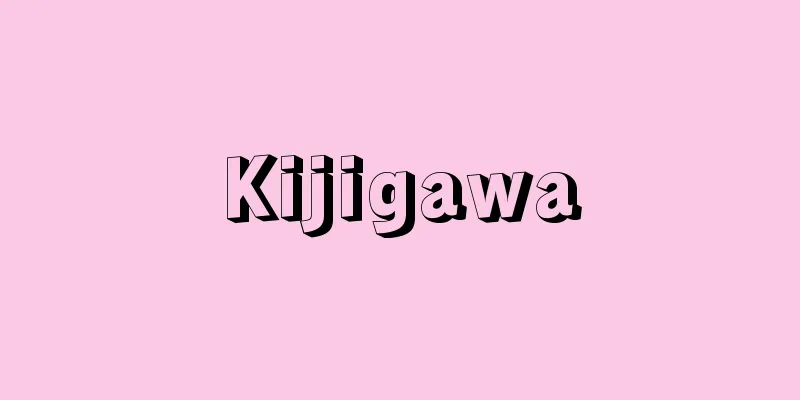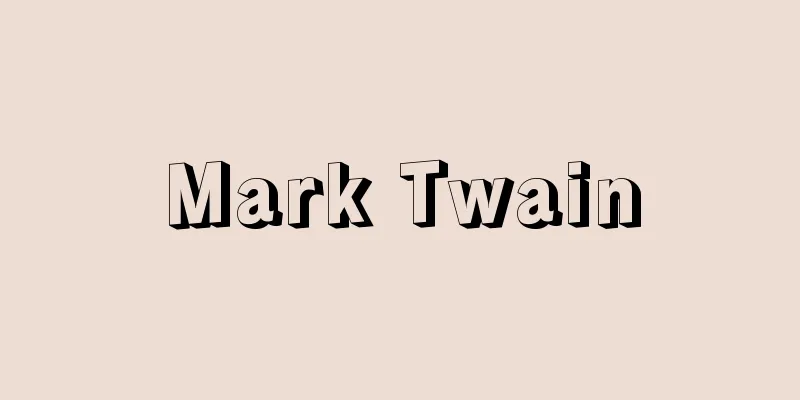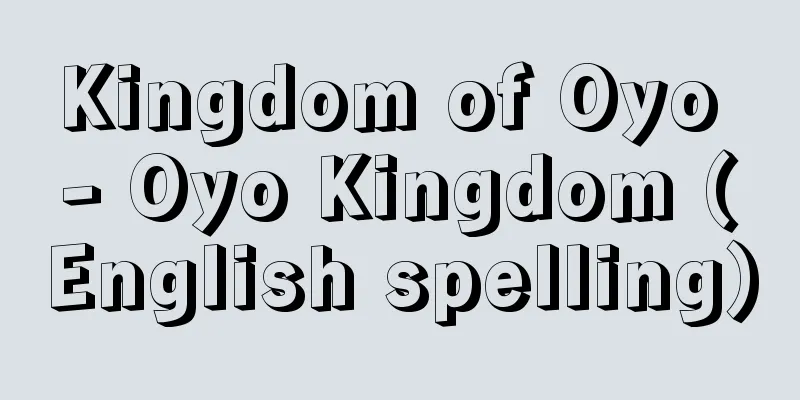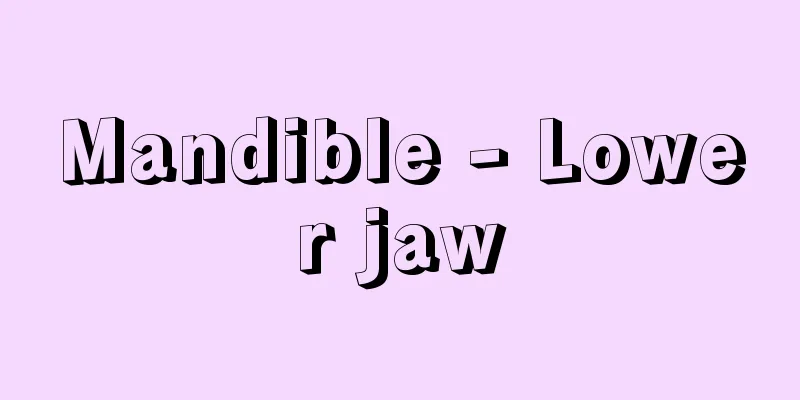Juvenile detention center - Shounenin
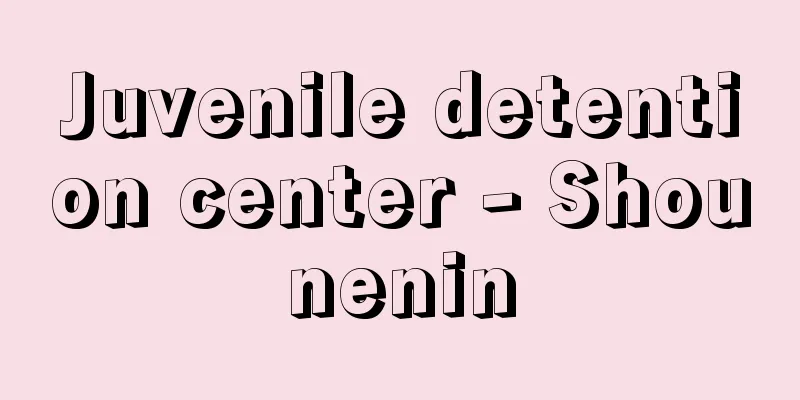
|
These are facilities that house juveniles (generally aged 12 to 20, regardless of gender) who have been sent by family courts as protective measures under the Juvenile Law, and juveniles who are serving their sentences in juvenile training schools instead of penal institutions, and provide correctional education, social rehabilitation support, and other necessary treatment. The old Juvenile Training School Act (Act No. 169 of 1948), enacted in 1948 (Showa 23), was completely revised in 2014 (Heisei 26) because the content and methods of correctional education, the rights and obligations of inmates, and the authority of staff were unclear. Currently, the system is based on this revised Juvenile Training School Act (Act No. 58 of 2014, enacted in June 2015). All juvenile training schools are national facilities and are under the supervision of the Minister of Justice. Juvenile training schools that house women are also called women's juvenile training schools. During the Meiji period, private and public reformatories were established, but the old Juvenile Law (Law No. 42 of 1922) and the Correctional Institutions Law established correctional institutions, which became the predecessors of juvenile prisons. There are four types of juvenile prisons, from Type 1 to Type 4. Type 1 juvenile prisons accommodate those who are on protective measures and have no significant mental or physical disabilities, generally aged 12 to 23 (excluding those on Type 2 juvenile prisons). Type 2 juvenile prisons accommodate those who are on protective measures and have no significant mental or physical disabilities, generally aged 16 to 23, but have advanced criminal tendencies. Type 3 juvenile prisons accommodate those who are on protective measures and have significant mental or physical disabilities, generally aged 12 to 26, and Type 4 juvenile prisons accommodate those who are serving sentences at a juvenile prison. The decision of which type 1 to 3 juvenile prison a juvenile should be placed in is up to the family court. However, some facilities have more than one type of juvenile prison. As of the end of May 2019, there were 43 main prisons and 6 branch prisons. Each juvenile training school has a juvenile training school inspection committee, which is made up of citizens who inspect the school and give their opinions to the head of the school regarding its management. The crime of simple escape under the Penal Code does not apply to escape from a school. In principle, a juvenile can stay in the school until he or she turns 20 years old (however, if a juvenile is within a year of turning 20 years old, he or she can continue to be detained for one year). The purpose of correctional education in juvenile prisons is to correct the criminal tendencies of inmates, to cultivate healthy minds and bodies, and to help them acquire the knowledge and abilities necessary to adapt to social life. Therefore, lifestyle guidance, vocational guidance, academic guidance, physical education, and special activities guidance are appropriately combined and provided systematically and organized according to the characteristics of the inmates. Theories of counseling and group work are utilized for lifestyle guidance. Vocational guidance strives to cultivate an attitude that values work and to foster the ability to select a career that suits the individual, while academic guidance is mainly aimed at completing compulsory education. Special activities guidance includes social contribution activities, outdoor activities, and music. The Minister of Justice is to determine the "correctional education curriculum," which defines the main content and standard period of correctional education for each type of inmate who has certain common characteristics. Each juvenile prison determines a "juvenile prison correctional education curriculum" (goals, content, implementation methods, duration, etc.) for each designated correctional education course, and based on this, creates a specific "individual correctional education plan" for each inmate. [Akikazu Konishi March 18, 2020] Edited by the Correctional Association, Methods and Development of Correctional Education: Practical Theory from the Field (2006, Correctional Association) ▽ Edited by Nakamori Tsuneo and Naishi Masako, Revive the Girls in Juvenile Detention Centers: 24 Years of Expressive Education at Aoba Women's Academy (2008, Kamogawa Publishing) ▽ Edited by Mori Jinpachi, The Shape of Juvenile Detention Centers (2008, Gendaijinbunsha, Daigaku Tosho Publishing) ▽ Edited by the Ministry of Justice, Correctional Bureau, Juvenile Corrections Division, The Current State of Correctional Education in Juvenile Detention Centers (2009, Correctional Association) ▽ Edited by Hirota Teruyuki, Koga Masayoshi, and Ito Shigeki, Contemporary Japanese Juvenile Detention Center Education: Through Qualitative Research (2012, Nagoya University Press) ▽ Edited by the Ministry of Justice, Correctional Bureau, The New Juvenile Detention Center Act and Juvenile Classification Home Act (2014, Correctional Association) ▽ "When Children and Young People Change: Practices of Juvenile Detention Centers and Juvenile Classification Homes to Support and Guide Their Development and Recovery," edited by the Ministry of Justice Corrections Bureau (2018, Corrections Association) [Reference] | |Source: Shogakukan Encyclopedia Nipponica About Encyclopedia Nipponica Information | Legend |
|
家庭裁判所から少年法の定める保護処分として送致された少年(おおむね12歳以上20歳未満の者。性別は不問)と、刑事施設のかわりに少年院で刑の執行を受ける少年を収容し、矯正教育、社会復帰支援その他の必要な処遇を行う施設。1948年(昭和23)に制定された旧少年院法(昭和23年法律第169号)は、矯正教育の内容・方法、在院者の権利義務関係、職員の権限等が不明確であったことから2014年(平成26)に全面改正された。現在は、この改正少年院法(平成26年法律第58号、2015年6月施行)に基づいている。少年院は、すべて国立の施設で法務大臣の管理下にある。女子を収容する少年院は女子少年院ともよばれる。明治期には私立・公立の感化院が設けられていたが、1922年(大正11)に制定された旧少年法(大正11年法律第42号)および矯正院法により矯正院が発足し、これが少年院の前身となった。 少年院には第1種から第4種までの4種類があり、第1種の少年院は保護処分の執行を受ける者で心身に著しい故障のない、おおむね12歳以上23歳未満の者(第2種少年院の対象者を除く)を、第2種の少年院は保護処分の執行を受ける者で心身に著しい故障はないが、犯罪的傾向の進んだ、おおむね16歳以上23歳未満の者を、第3種の少年院は保護処分の執行を受ける者で心身に著しい故障のある、おおむね12歳以上26歳未満の者を、第4種の少年院は少年院において刑の執行を受ける者をそれぞれ収容する。第1種から第3種までについて少年をどの少年院に入れるかは、家庭裁判所の決定による。ただし、1施設で2種類以上の少年院をもつところもある。2019年(令和1)5月末の時点で、本院43庁、分院6庁が設置されている。各少年院には少年院視察委員会が置かれ、市民から構成される委員が少年院を視察し、その運営に関して少年院長に対し意見を述べるものとされる。なお、施設からの逃走に、刑法の単純逃走罪の適用はない。在院期間は原則として少年が20歳に達したときまでである(ただし、20歳に達するまで1年に満たない場合は1年間収容を継続できる)。 少年院の矯正教育は、在院者の犯罪的傾向を矯正し、ならびに在院者に対し、健全な心身を培わせ、社会生活に適応するのに必要な知識および能力を習得させることが目的とされている。そこで、在院者の特性に応じ、生活指導、職業指導、教科指導、体育指導、特別活動指導を適切に組み合わせて体系的・組織的に行うものとされる。生活指導としては、カウンセリングやグループ・ワークの理論の活用が図られている。職業指導は、勤労を重んずる態度を培い、個性に応じた職業選択を可能にする能力を助成するよう努めており、また教科指導はおもに義務教育課程修了を目的としている。特別活動指導は社会貢献活動、野外活動、音楽の実施などを含む。法務大臣は「矯正教育課程」として、一定の共通する特性を有する在院者の類型ごとに矯正教育の重点的な内容や標準的な期間を定めるものとされる。各少年院では指定を受けた矯正教育課程ごとに「少年院矯正教育課程」(目標、内容、実施方法、期間等)を定め、これに基づいて在院者ごとに具体的な「個人別矯正教育計画」が作成される。 [小西暁和 2020年3月18日] 『矯正協会編『矯正教育の方法と展開――現場からの実践理論』(2006・矯正協会)』▽『中森孜郎・名執雅子編著『よみがえれ少年院の少女たち――青葉女子学園の表現教育24年』(2008・かもがわ出版)』▽『毛利甚八著『少年院のかたち』(2008・現代人文社、大学図書発売)』▽『法務省矯正局少年矯正課編『少年院における矯正教育の現在』(2009・矯正協会)』▽『広田照幸・古賀正義・伊藤茂樹編『現代日本の少年院教育――質的調査を通して』(2012・名古屋大学出版会)』▽『法務省矯正局編『新しい少年院法と少年鑑別所法』(2014・矯正協会)』▽『法務省矯正局編『子ども・若者が変わるとき――育ち・立ち直りを支え導く少年院・少年鑑別所の実践』(2018・矯正協会)』 [参照項目] | |出典 小学館 日本大百科全書(ニッポニカ)日本大百科全書(ニッポニカ)について 情報 | 凡例 |
<<: Juvenile Classification Home - Shounen Kanbetsusho
>>: Passion - Jounen (English)
Recommend
Liquid - Ekitai
A state of matter. Things that can easily change ...
British and North American Mail Carrier Charter Steamship Company
…In the mid-19th century, Britain accounted for o...
Canon Law - Canon Law
Canon law refers specifically to the canon law ena...
Katsunumajuku
…Katsunuma Station on the Chuo Main Line was rena...
Living spirit - Ikiryo
Among the human spirits that possess people, the ...
Kala azar (English spelling)
What kind of infection is it? Also known as visce...
soilless culture
...A method of cultivating plants without using s...
middlebrow
…It is also called highbrow. The opposite of this...
Kusame
…It is also called “kusame” and both are written ...
Ki and Sei parties - Kisei Ryōtō
They are descendants of the Ki and Kiyohara clans ...
König (English spelling)
…In the Byzantine Empire, basileus was used to me...
What is the Oblomov temperament?
… Born into a priest's family in Nizhny Novgo...
Kikkaiki - Kikkaiki
…He was appointed Minister of the Interior after ...
Johannes Althusius
German legal scholar. Born in Didenshausen, he st...
Kaiga
A large river that flows through North China. It ...

![Tado [town] - Tado](/upload/images/67cc237536927.webp)
